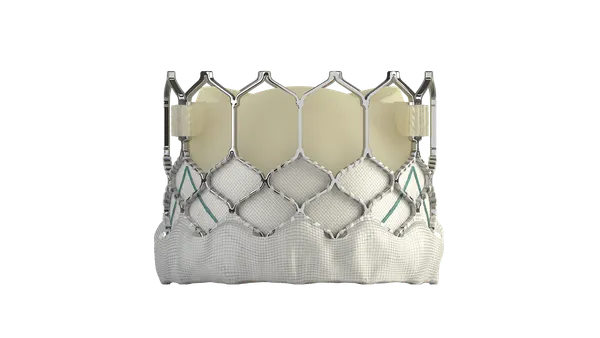Dive Brief:
-
Fourth quarter sales at Abbott Laboratories fell just short of consensus expectations, despite continued growth at its diagnostic and medical device units. Abbott's nutrition and established pharmaceuticals businesses dragged on performance in the fourth quarter, causing sales to come in just under the expected $7.8 billion.
-
But Abbott's medical device unit had the strongest quarter of the company's four divisions, with double-digit growth in sales of diabetes, electrophysiology and structural heart products fueling its performance.
-
Abbott went into the fourth quarter looking to build on nine months in which demand for its glucose monitor FreeStyle Libre, Confirm Rx Insertable Cardiac Monitor and other products has enabled it to consistently meet or beat expectations.
Dive Insight:
The fourth quarter results largely follow the pattern seen earlier in 2018, although the slight revenue miss put a damper on the financials. Abbott's total sales came in at $7.77 billion, a touch below the $7.82 billion consensus of analysts. Sales increased 2.3% on a reported basis and 6.4% on an organic basis.
But declines in Abbott's nutrition and pharmaceuticals units, which accounted for around one-third of Abbott's sales in 2018, were offset by the performance of the device and diagnostic units. The device unit again led the way with a 6.7% increase in sales on a reported basis, resulting in it achieving double-digit growth for the year as a whole.
As in earlier quarters, growth at the device unit was driven by the diabetes, electrophysiology and structural heart franchises, all of which achieved double-digit growth in the fourth quarter and across 2018 as a whole. Abbott attributed growth at the units to cardiac mapping and ablation catheters, MitraClip and FreeStyle Libre, the last of which helped the diabetes unit grow 28.3% in the quarter.
The FreeStyle Libre growth was underpinned by the addition of another 300,000 users in the quarter, bringing the total number of active users worldwide up to 1.3 million. Such figures have established the glucose monitor as a runaway success but the size of the diabetes market means there is scope for lots more growth.
"We think it has mass market potential worldwide," Abbott CEO Miles White said on a conference call with investors.
White wants the device to be accessible by all 40 million people worldwide with Type 1 diabetes and many Type 2 diabetics. Currently, two-thirds of FreeStyle Libre users have Type 1 diabetes, but with a "constant cadence of enhancements" in the pipeline and capacity expansions that will allow Abbott "to open the floodgates much wider," White is positioning the company to target both populations.
Rising demand for FreeStyle Libre helped Abbott grow device unit sales despite headwinds in other parts of the division. Sales of rhythm management, vascular and neuromodulation products fell in the quarter. The 4.6% decline in rhythm management sales was enough for the unit to contract by 0.6% over 2018 as a whole, and neuromodulation has proven to be a more persistent problem than anticipated.
"It's taken a little longer than I would have guessed but it's going to get sequentially better." White said. White's optimism reflects a belief that the expansion of the U.S. neuromodulation salesforce and doubling of R&D investment will support near and long-term improvements.
Performance at the diagnostics unit was led by the core laboratory business, which posted 5% reported sales growth to end the year up 8%. As in previous quarters, Abbott attributed the growth to demand for its Alinity family of diagnostic instruments. Performance elsewhere in the diagnostic unit was weaker, most notably at the point-of-care business. Fourth quarter sales at the point-of-care business fell 5.5%.
On the back of the results, Abbott issued earnings and organic sales growth guidance for 2019. Abbott expects sales to grow organically by 6.5% to 7.5%, resulting in GAAP earnings per share from continuing operations of $1.80 to $1.90 in 2019.
Abbott's forecasts featured another sour note for investors, with the adjusted first quarter earnings forecast of $0.60 to $0.62 coming in below the $0.64 expected by analysts, according to Reuters. The difference between the figures may reflect Abbott's belief that most of its forecast negative foreign exchange impact for 2019 will fall in the first half of the year.
As Abbott goes through 2019, it could pick up regulatory clearances that help to offset the exchange headwinds, such as the U.S. clearances of key parts of the Alinity test menu and for expanded use of MitraClip. White thinks products and others in Abbott's pipeline and portfolio have potential for significant long-term growth, leading him to favor investments in existing assets over M&A.
"We don't see gaps right now that we have to fill with M&A," White said. "I don't see anything ... that's so appealing."
Shares in Abbott opened down more than 1% following the release of the results.










